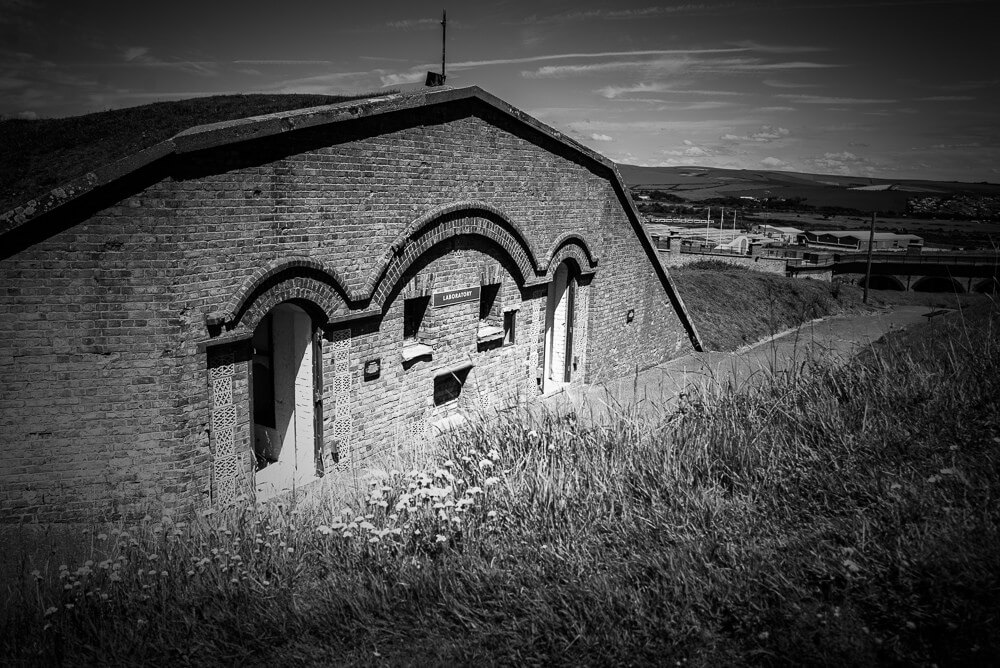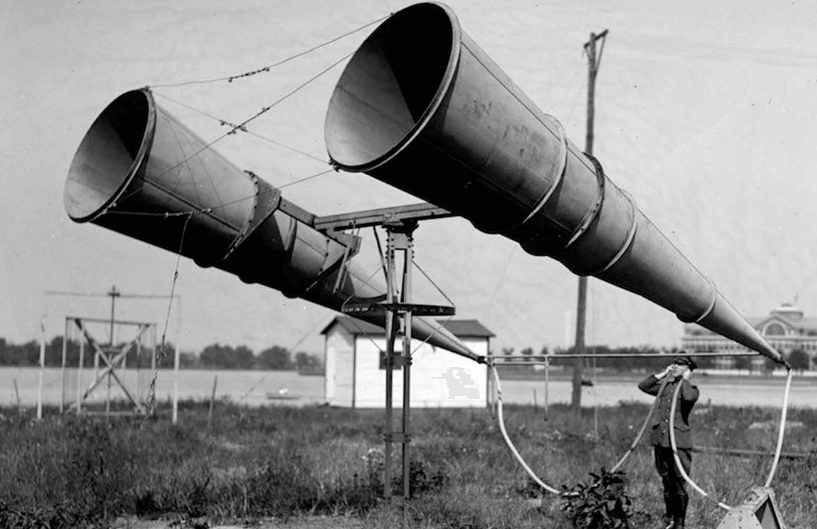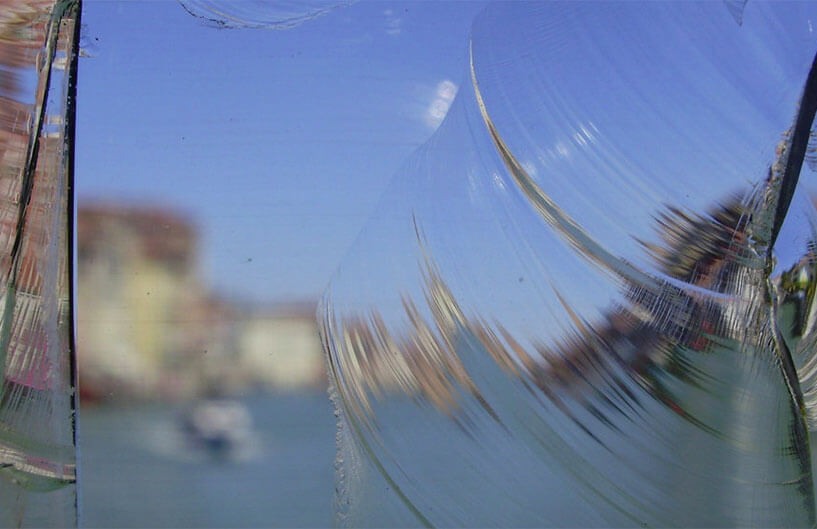Text by Agata Kik

Fort Process is a one-day biannual festival during which the past meets the future, and contemporary man meets the natural environment. The sonic schedule of multi-disciplinary multimedia events submerges the audience with various frequencies perceived as a vibrating matter within their bodies. This year’s edition breaks out on 22nd September in the event’s usual locality, Fort New Haven, which distinguishes Fort Process from any other sound art event.
The concept behind this year’s programming is the study of science. Fort Process 2018, thus, connects the theoretical, the abstract and the innovative with the formal and the productive. The performances, installations, and sonic and visual works all exploit that space’s acoustic and physical properties, bringing back to mind the historical significance of Fort New Haven, highlighting the creative potential of the natural environment and turning our attention inwards to realise that sound is vibrating matter. In contrast, the source of sound is the resonating substance.
Many of the installations in Fort Process 2018 directly respond to the special context of the fort, its warfare history, defence function and the border relations with other and foreign. However, Fort Process transgresses past motives so that the participating audience gets closer to each other, as the artworks raise awareness about all the other individuals who enjoy this sonic experience together.
For example, the newly commissioned sculpture Outwork by Julian Weaver directly relates to history by employing the design of sound mirrors and reflecting on the ground-to-air communications experiments of the wartime periods. Such acoustic sensing expands the visual control over the near distance, but on this occasion, it is repurposed for the peacefully occupied fort. Further, the installation Accord by KiRa+ uses the radar system technology, which during Fort Process, instead of enemies, will detect participants of the festival audience.
On the other hand, some works respond to the natural environment, river mouth, and New Haven’s shore. They highlight the creative potential of natural forces, often utilising wind as acoustic energy. These numerous Aeolian sculptures that are present here envision novel possibilities of natural soundscapes.
A newly produced aeolian piece by Max Eastley will be amplified and positioned on the site’s highest point. Phantom Field by Mark Anderson will consist of 21 Wind Synthesisers, in which visitors will be invited to move freely and embody the vibrations of the wind synths, whose sails twist and turn in relation to the most minute wind direction changes.
Singing Polymers by Jordan Edge, made out of unconventional materials such as developed metal and latex, will heighten the listener’s sensitivity to the details captured in wind movement and rainfall. This all points to the creative potential of natural forces and the extent to which human-nature synergies are creative.
This is also explored by Joshua Legallienne’s kinetic sculptures that produce acoustic sound without any conventional energy sources. Just next to there is the piece by Stephan Barrett & Adam Kinsey, Littoral Transmissions, which recreates a sonically imagined coastline. Their improvisation will be based on their previous field recordings of London’s greens.
The case of DIY technology of Tentacular Resonances by Louise Mackenzie also has a stronger cultural than scientific context. Her experiment with living seawater microorganisms is an image of the human influence on the natural environment.

Wind is not the only air movement that produces sound and energy. It is human breath behind the sound coming from woodwind instruments. During Fort Process 2018, Rhys Chatham will present one of his hypnotic performances involving phased trumpet and guitar loops with Pythagorean Dream tuning. Sam Underwood as ORE will produce unusual drone sounds called tuba doom, whose primordial noises are more familiar to the earthly undergrounds rather than human lungs. All these works culminate in the body, where sound and matter match each other.
The work that most directly presents the physicality of sound is the dance and music improvisation by PICKETT IMPROV. This improvised body movement performance leaves it all to the powers of the unconscious, giving freedom to the sonically moved physicality.
This will show how the body automatically responds to sonic vibrations, with no need for the reason to get involved for the human to function. In contrast, in the example of the work by Ana Gutieszca, it is a matter that later turns into sound, as a silent two-dimensional drawing is developed into sounding.
The drawing that goes beyond the non-spoken pictorial language communicates through sonic elements here. Such sonification of visual communication results in a shared experience instead of an isolated act of looking.
Because sound is an intrinsic part of the body, AJA expresses by collapsing the limits between the visual and the sonic. In her performance, screaming and body movement mutually energise each other. This also brings to mind that embodied sound is a huge part of ritualistic practice. For example, the collective UKAEA recreates a ritual framework and embodies sonic vibrations, reminding the viewer how the physical influences the psyche. On the other hand, the example of ritual noise by Tasos Stamou questions the potential of electronic equipment to generate spirituality.
To return to the science theme, the work, A Conjecture On Space, by Katie McCallum + Karl M V Waugh, responds most directly to this festival edition’s subject. It is a sculptural and audio-visual artwork that physically explores mathematics and its relationships to paper, chalk, blackboard and, of course, the voice of a school professor.
To end on an educational note, for those willing to learn more about the idea behind the festival themes, there will be a number of talks on topics including synaesthesia, ancient dance and music or art and science of psychoacoustic ambiguities.






